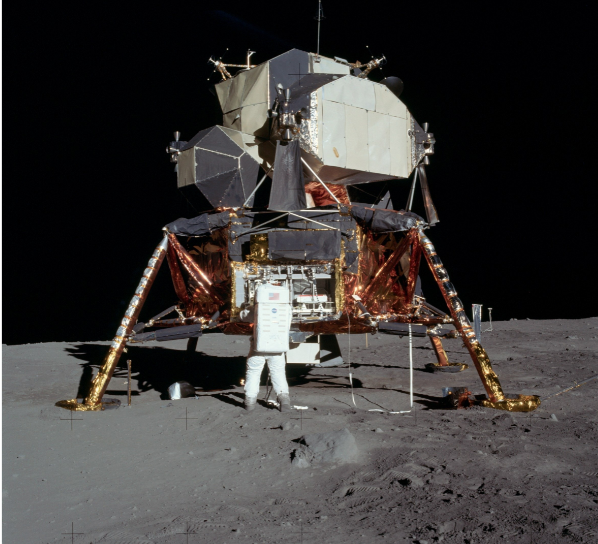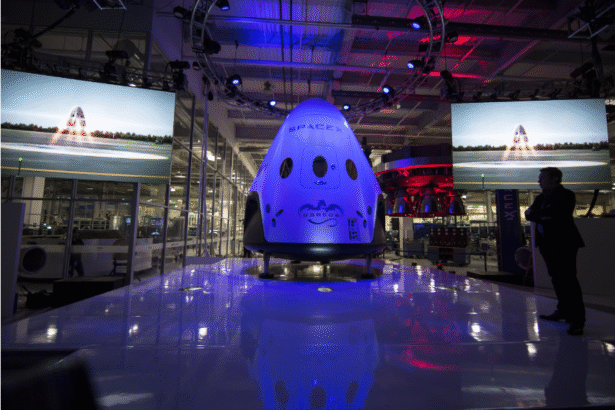Have you ever wondered how we build a spacecraft that can travel far beyond Earth? They take smart planning, strong materials, and many tests. As we explore deeper into space, learning how to build spacecraft for long-distance travel is becoming more important than ever.
Today, both government agencies such as NASA and private companies are working hard to design better spacecraft. Spacecraft are meant for missions to the Moon, Mars, and even beyond. In this article, we’ll explore the basics of spacecraft design, what it takes to make them safe, and how you can start learning more about this exciting field.
What Is Spacecraft Design?

Spacecraft design is the process of planning and building machines that can travel in space. These machines survive in extreme heat, cold, and no air conditions. The design includes everything from the outer body to the computer systems inside.
Whether it is a small satellite or a large rocket carrying humans, all spacecraft need strong and smart planners. Many people who want to learn buy space models or participate in online learning programs to understand how these amazing machines work.
Important Parts of Spacecrafts

Let’s look at the important parts used for US space exploration and other missions around the world:
1. Structure
This is the body of the spacecraft. It must be strong enough to hold everything together, but not too heavy. Lightweight metals, aluminum and titanium, are often used.
2. Propulsion System
This is what moves the spacecraft forward. Rockets or engines push the spacecraft through space. For long-distance trips, we may need new types of engines that can travel faster and use less fuel.
3. Power Supply
This needs power to run lights, machines, and computers. Most use solar panels to turn sunlight into electricity.
4. Control System
The control system helps steer and keep it stable. Computers inside the space vehicles guide it to its destination.
5. Communication System
This system sends messages between Earth and the space vehicles. It helps us track where it is or what it’s doing.
6. Life Support
If humans are going on the trip, this space tech must also carry oxygen, water, and food. It must also protect people from space radiation.
How Spacecraft Are Designed for Long Trips

Building spacecraft for faraway planets is harder than sending something to Earth’s orbit. Long-distance trips can take months or even years. That’s why space vehicles for deep space needs:
- Stronger engines for faster travel
- Better power systems that last longer
- More protection against radiation and space dust
- Smart systems that can fix problems on their own
Many engineers study how they are designed by reading books, watching videos, or working with experts in the field. If you're interested, you can start by searching online to find space vehicle design updates and tutorials.
The Role of NASA and Other Organizations
Agencies like NASA play a big role in testing new design ideas. NASA built a spacecraft called Orion to take humans to the Moon and later to Mars. In the US space exploration industry, companies are also building types of rockets and space vehicles.
Private companies like SpaceX are also creating space vehicles that can travel long distances. These missions are changing thinking about space travel and making it faster and safer.
Why Learning About Spacecraft Design Matters
Understanding space design helps us build tools for exploring the solar system. It also brings new ways in space science, engineering, and technology. As space travel becomes more common, many students and space lovers are learning how they are made.
You can begin your journey by:
- Reading books or articles on how they are designed
- Watching videos or animations of spacecraft launches
- Buying models to study their shape and parts
- Joining space-related clubs or online courses
- Following websites that find space design updates
Start Learning about Spacecraft
You don’t need to be a rocket scientist to start learning. There are many free and paid resources online. You can watch space documentaries, visit science museums, or even try building your model spacecraft at home.
Here are a few steps to begin:
- Start simple: Learn the names of different spacecraft parts.
- Use visuals: Watch animations or diagrams that show how they fly.
- Buy spacecraft models: These are fun and help you learn how parts fit together.
- Stay updated: Follow space design updates from NASA, SpaceX, and other space agencies.
- Explore careers: If you enjoy this topic, you could study aerospace engineering or physics.
Challenges in Building Long-Distance
Building for space long missions is not easy. Here are some common problems:
- Fuel use: Long trips need a lot of fuel. Finding better engines is important.
- Radiation: Space has harmful radiation that can damage equipment and harm humans.
- Cost: These are expensive to design, build, and launch.
- Delays: If a part breaks far from Earth, it's hard to fix.
Conclusion
The world of space design is growing fast. As we plan missions to the Moon, Mars, and beyond, we need strong, smart, and safe. Learning how to build spacecraft for long-distance travel is an exciting topic that brings science, creativity, and big dreams.
Whether you want to become an engineer or you’re just curious, there’s so much to discover. Start small, ask questions, and explore the amazing world of space. With the help of experts like NASA, and with the power of learning, the future of space exploration is in good hands.








